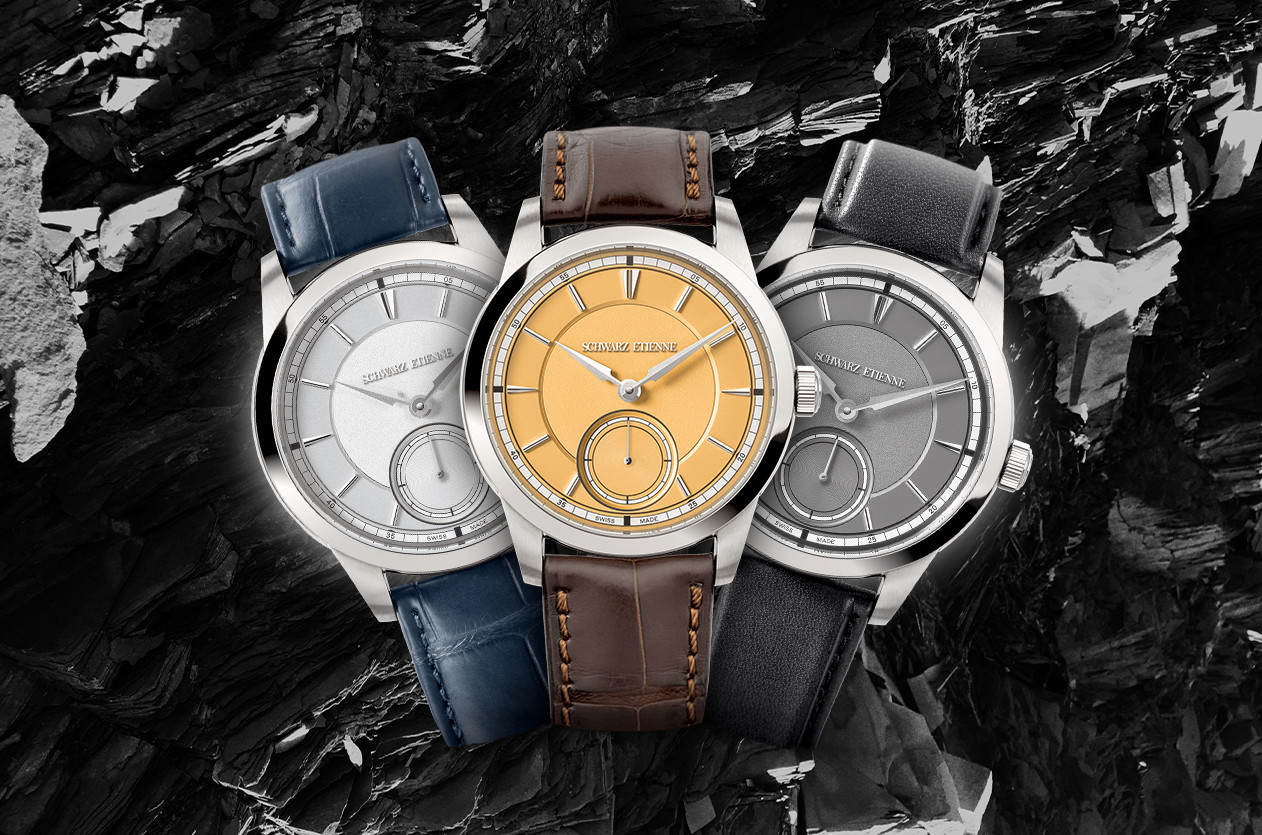
Introducing Schwarz Etienne Unveils the New Collection 1902 Petite Seconde
Welcome to the hub of the horoloy
Honoring the marine chronometer's heritage, this watch is certified by three observatories

The concept of "Chronometrie" in watchmaking stems from the development of precision timekeeping devices, known as chronometers, crucial for navigation during the 18th century's peak maritime exploration. Before reliable marine chronometers, determining longitude at sea was a major challenge. Navigators could find latitude but needed accurate time for longitude, which was essential for calculating their position relative to a reference point.
In 1714, the British government offered the Longitude Prize for a practical solution. John Harrison, a self-taught English clockmaker, developed the first marine chronometer, maintaining accuracy over long sea voyages. This innovation allowed to make precise longitudinal measurements during his voyages, revolutionizing navigation.

Nowadays, although marine chronometers are no longer in use, many distinguished watchmakers are taking inspiration from this mechanical masterpiece, offering very accurate wristwatches. Among these brilliant watchmakers is the German master Bernhard Lederer, famous for his Central Impulse Chronometer watches. Lederer has now launched a new masterpiece: the Lederer Triple-Certified Observatory Chronometer, limited to just eight timepieces.
As a tribute to the chronometer's legacy, they have selected the standard CIC movement, already certified as a chronometer by the esteemed COSC institute. In addition, they have subjected it to testing and certification at three other prestigious institutions that uphold the legacy of precision testing: the Observatory in Besançon, France; the Observatory in Glashütte, Germany; and the “Observatory Chronométrique” in Geneva, Switzerland. These institutions are dedicated to preserving this tradition for future generations.

The watch features a polished case crafted from robust 904L stainless steel, known for its exceptional durability and corrosion resistance. Measuring 44 mm in diameter and 12.2 mm in thickness. Both sides are covered with sapphire crystal, treated with an anti-reflective coating to enhance clarity and reduce glare. The watch is also water-resistant up to 30 meters.

The distinguishing characteristic for this masterpiece is the solid silver dial. with its white hue you'll think it's a coating, but no. Using a traditional heating technique, the dial undergoes multiple boiling baths and reheating processes until it achieves its pure white color, reminiscent of freshly fallen snow. The dial features the iconic "V" symbol, inspired by the meridian sign and the seconds dial showcases the coordinates of the three institutions, reflecting the connection to the legacy of chronometric excellence, crucial for determining longitude at sea.

One of the standout features of the Central Impulse Chronometer is the movement of the minute hand, which follows the rhythm of the remontoire d’égalité every 10 seconds. In our previous interview with Lederer, he provided a detailed explanation of this mechanism in this video.
The minute hand's movement is displayed on a unique scale divided into 6 steps, each representing 10 seconds, culminating in a full minute. A tiny pointer at the middle of the minute hand guides the reading of these 10-second intervals, perfectly synchronized with the remontoir’s rhythm.

The unique silver dial is manufactured in-house and finished by hand. Also, the minute and second hands are crafted in accordance with tradition, each of them made in two pieces, hand-bent, and highly polished. Hardened steel is used to ensure a consistent, deep blue hue.

The watch is powered by the in-house manual winding Caliber 9012, featuring a double-wheel escapement with central impulses. It boasts two independent barrels and gear trains, comprising 210 components in total. Operating at a frequency of 21,600 vibrations per hour (3 Hz), it offers a 40-hour power reserve. Every component is meticulously decorated by hand.

The watch comes with a soft bovine leather strap with a pin buckle and is limited to just 8 pieces, priced at CHF 146,000, which is equivalent to 618,400 AED.
For more information please visit Bernhard Lederer’s official website.

First Look Jaeger LeCoultre Unveils The Reverso Tribute Monoface Small Seconds
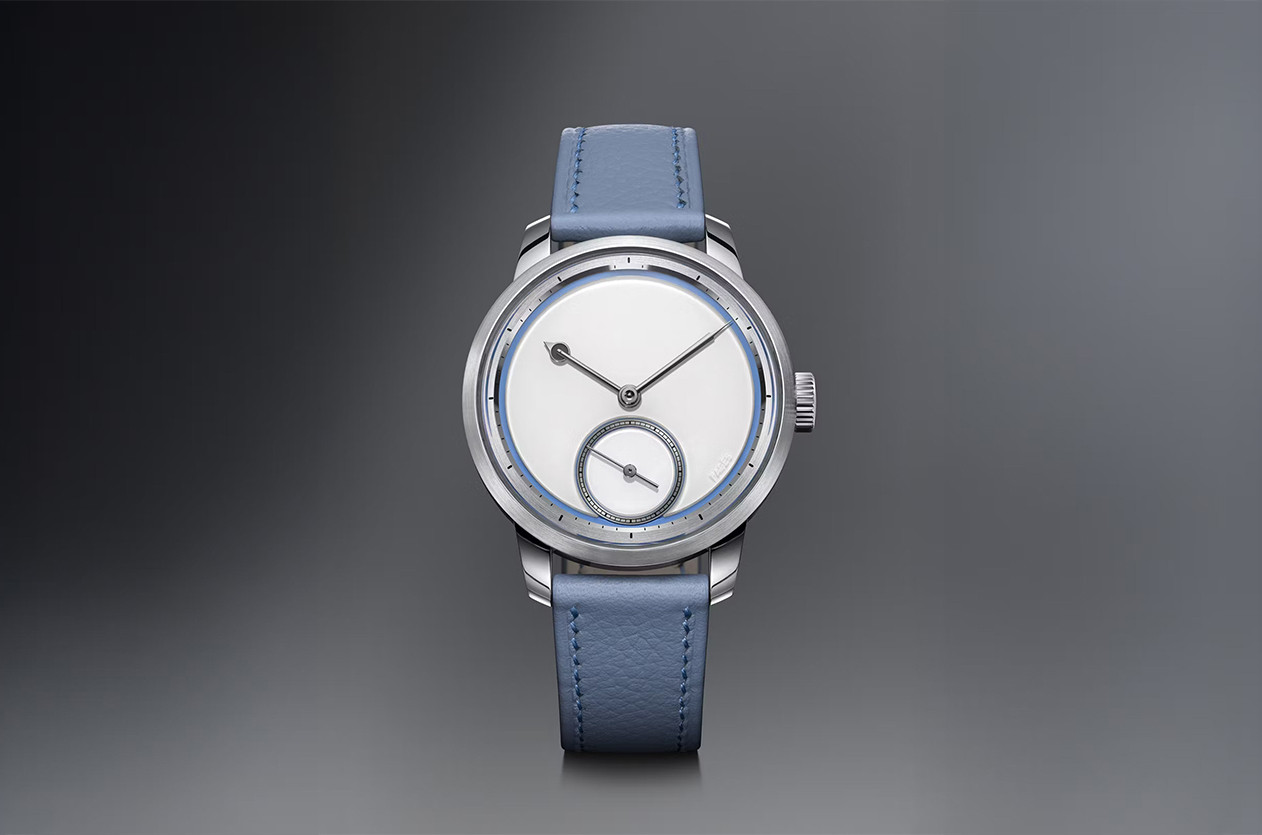
Introducing RP2: The Newest Masterpiece by Raúl Pagès

Introducing DB28GS Swordfish: The Luxury Dive Watch from De Bethune

Introducing Vacheron Constantin Traditionnelle Tourbillon Perpetual Calendar
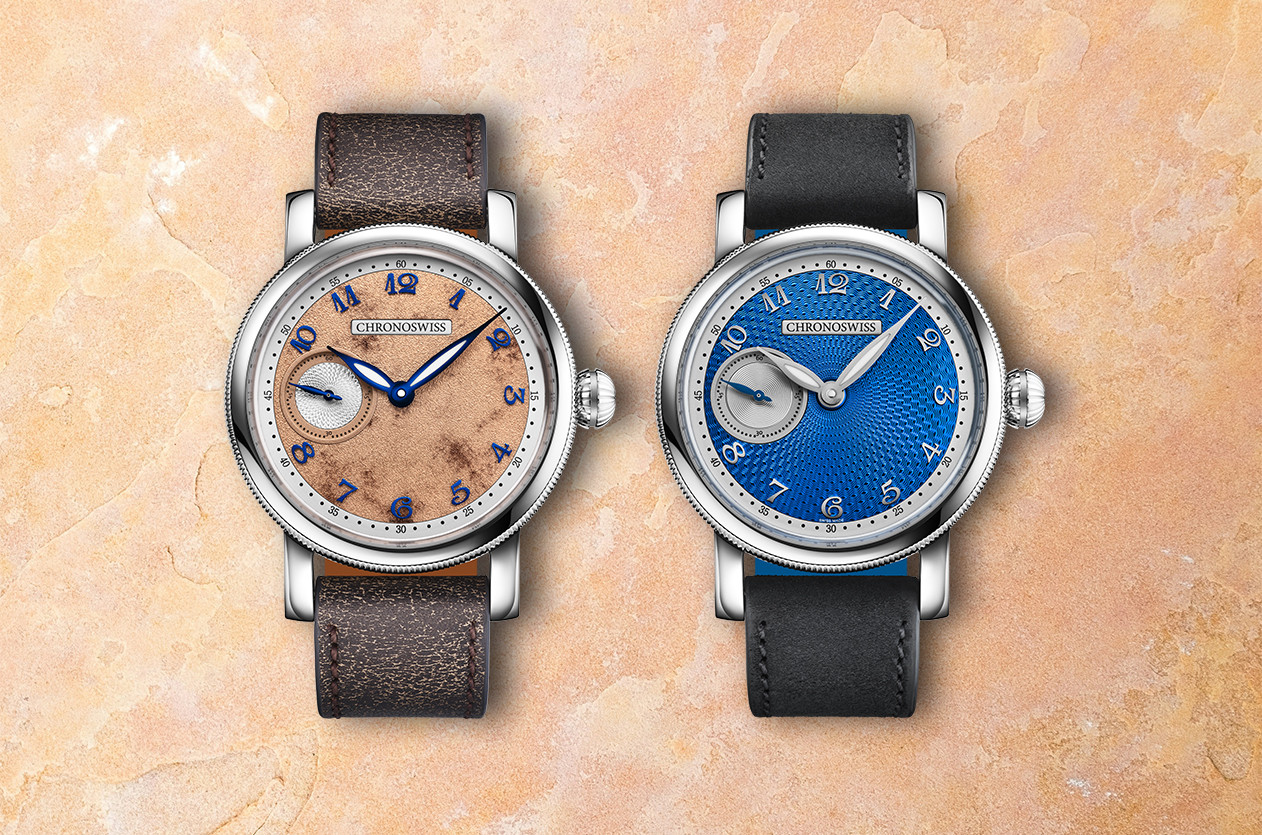
Introducing Chronoswiss Advances Steadily into a New Era with the Small Second
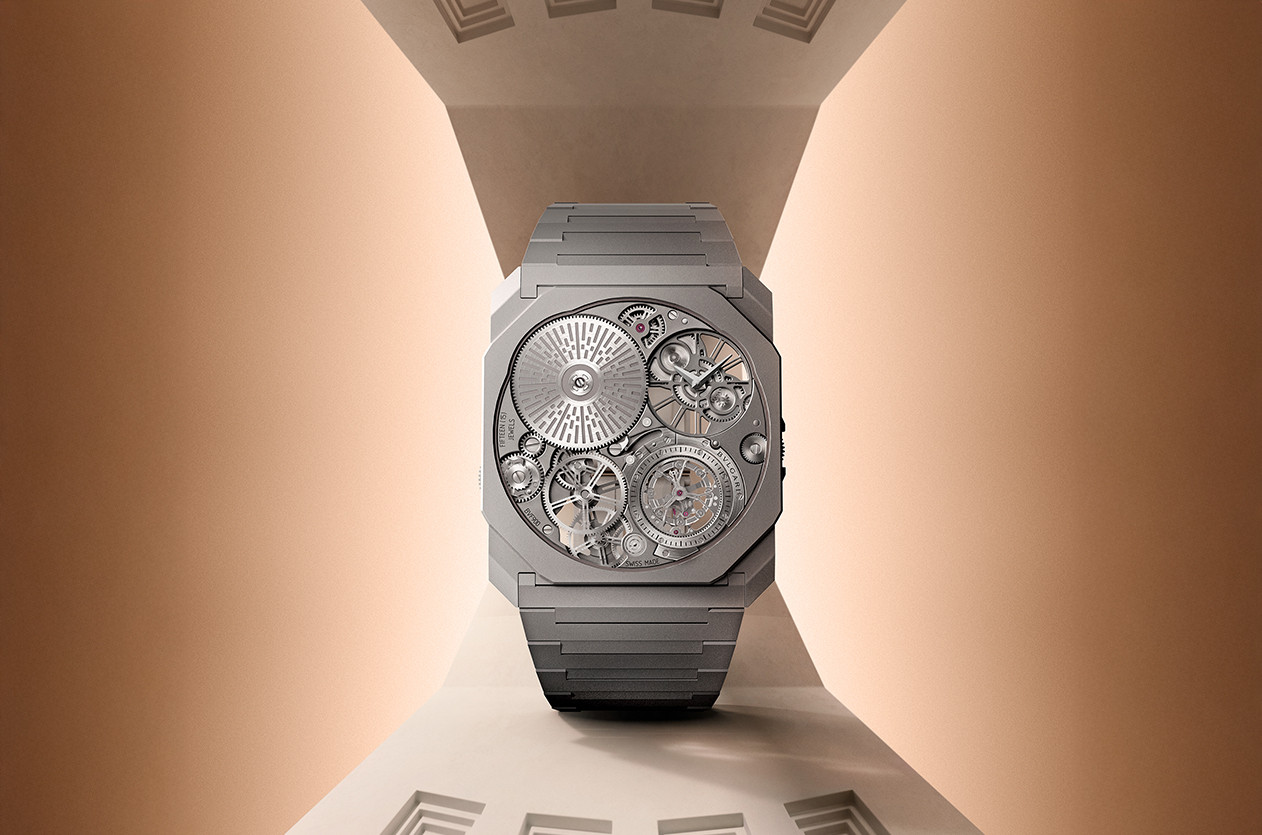
Introducing Bvlgari Shines Again with the World's Thinnest Tourbillon

Introducing Rolex Launches the Daytona 126518LN in Yellow Gold with a Turquoise blue Dial
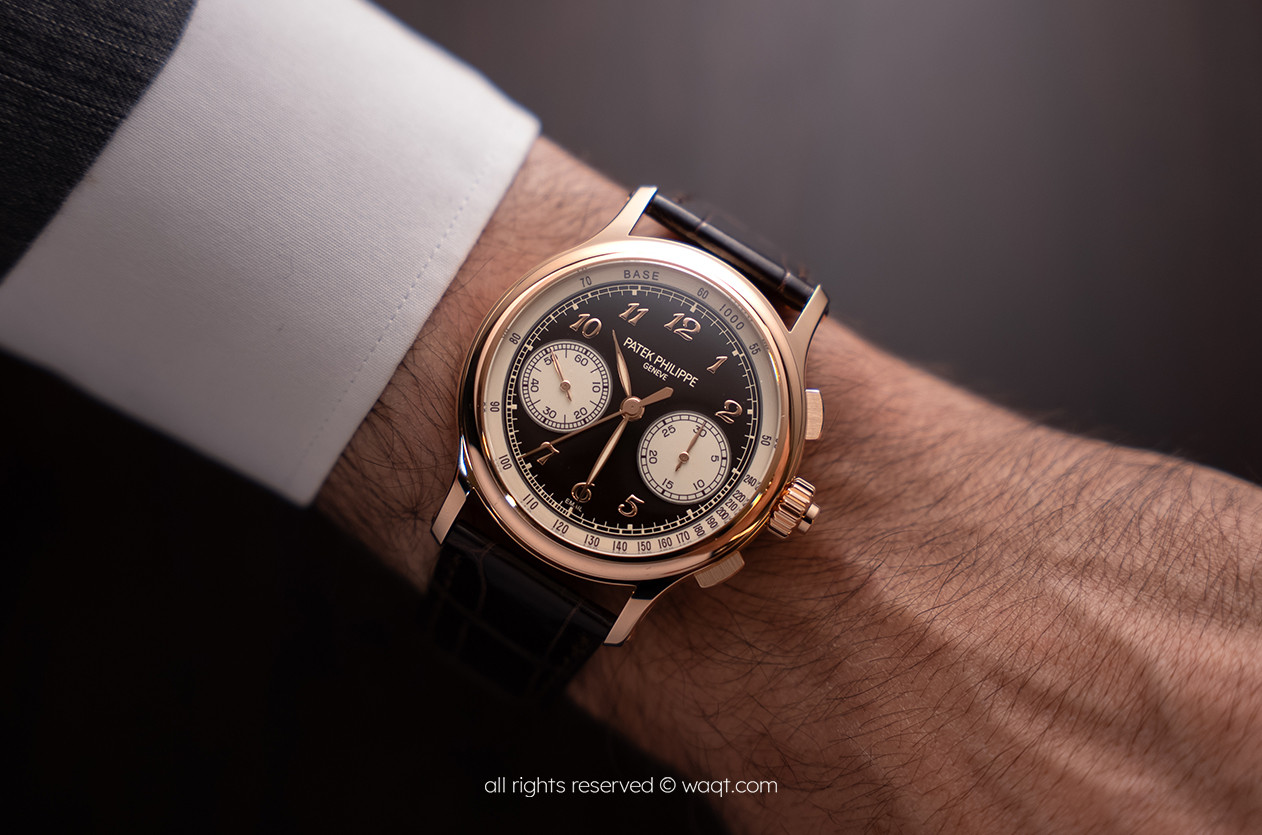
Hands on Patek Philippe Unveils the Split-Second Chronograph 5370R

Introducing A. Lange & Söhne Unveils the Minute Repeater Perpetual
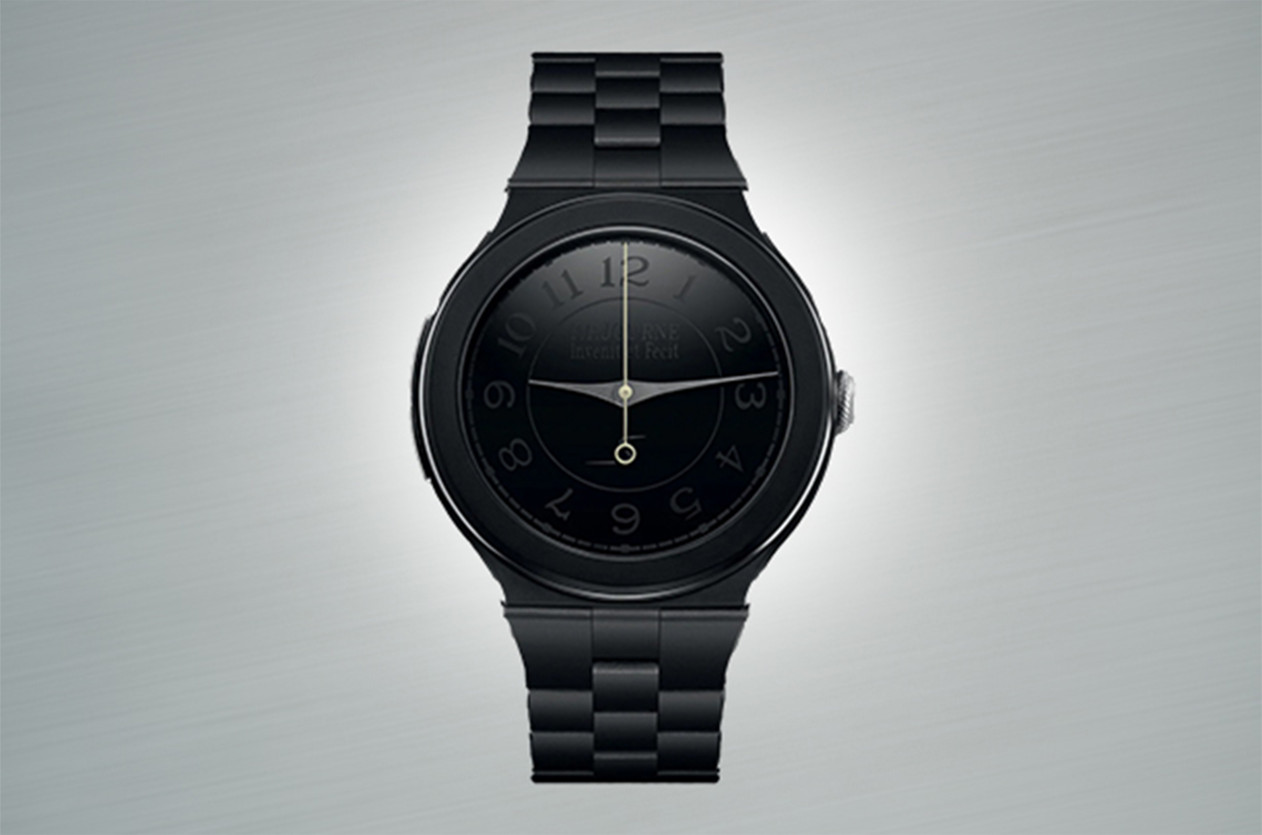
Introducing F.P.Journe Launches the Chronomètre Furtif with a Striking Tungsten Carbide Case

Introducing Gerald Charles Unveils the Maestro GC Sport Tennis Watch
Comment Delete Text
This page is available in English only. Please click below to visit Arabic Home page!